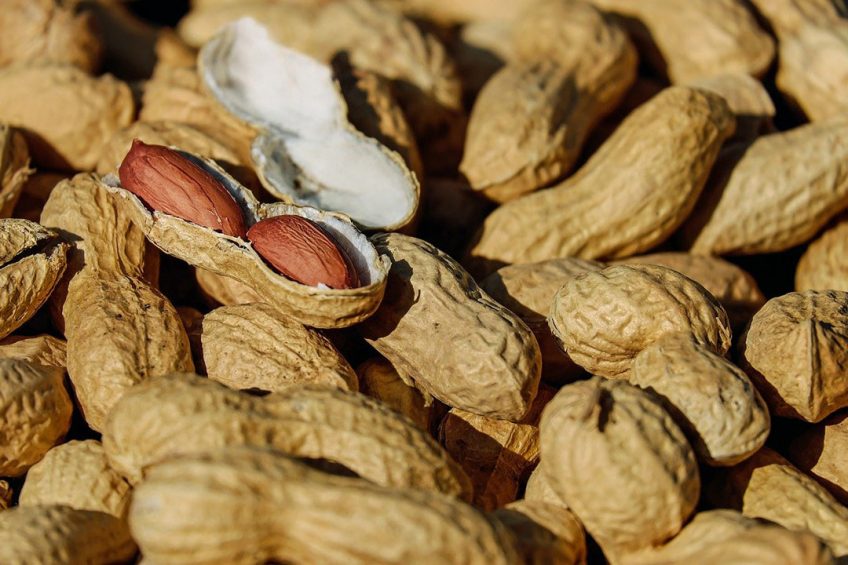Peanuts fed to enhance broiler meat

A study aimed to determine the effect of feeding whole unblanched high-oleic peanuts on the fatty acid profile of broiler meat suggests that feeding peanuts to broilers may serve to enhance the fatty acid profile of the meat.
In various parts of the world such as India, Ghana and Nigeria, peanut meal from normal-oleic peanuts are commonly used as a protein source for feeding poultry. However, very few studies have been conducted in the US examining the use of whole, unblanched peanuts as an alternative feed ingredient for poultry to enhance the nutritional content or quality of the meat and/or eggs produced. Furthermore, earlier poultry feeding studies by Pesti et al., (2003) and Costa et al., (2001) have identified peanut meal prepared from normal-oleic peanuts (52% oleic acid and 27% linoleic acid) as a suitable poultry feed ingredient. Nevertheless, few studies have examined the use of modern high-oleic peanut cultivars (80% oleic acids and 2% linoleic acid) as a feed ingredient for meat-type chickens and determined their effect on the chemical composition and quality of the meat produced.
Layers
Studies conducted in the Market Quality & Handling Research Unit – Agricultural Research Service demonstrated that eggs produced from layer hens fed a diet containing high-oleic peanuts and corn had 1.35-fold higher b-carotene content, 2-fold higher yolk colour intensity and monounsaturated oleic acid oil content than eggs produced from layer hens fed a conventional soybean meal and corn diet.
Broilers
The experiment was conducted at North Carolina State University Poultry Research Unit. Male broiler chicks (Ross 708) were randomly placed on the day of hatch in 30 raised wire cages (10 replicate cages per treatment), with 10 broilers per cage. Broiler pens were blocked by location and fed ad libitum (in replicates of 10 pens) with one of the 3 isocaloric and isonitrogenous formulated mash starter diets (3,120 kcal/kg, 23% protein) from days 0 to 14. Formulated mash grower diets (3,190 kcal/kg, 21% protein) were fed from days 15 to 42 to meet or exceed NRC requirements for broilers. Broilers were fed for 6 weeks with a control diet containing conventional soybean meal and corn (Control), a diet containing 10-12% high-oleic peanuts and corn diet, or a control diet with 6% oleic acid oil.
Also interesting: Coccidiostats: Antibiotic or feed additive?
Experimental diets
All experimental diets had equivalent nutritional levels of calcium, total phosphorus, digestible lysine, digestible methionine and cystine, digestible threonine (starter diet), digestible tryptophan, and sodium. All experimental diets had very similar nutritional quantities of crude fat, crude fibre, ash, digestible threonine (grower diet), chloride and potassium. The control and oleic acid-supplemented diets had a higher content of saturated fatty acids (palmitic acid and stearic acid) and trans-fat (n9 trans-elaidic acid) relative to the high-oleic peanut diet. The high-oleic peanut diet contained the highest content of monounsaturated oleic acid and lowest content of total cholesterol relative to the other treatment groups.
Although additional studies must be conducted, this study suggests that feeding whole unblanched high-oleic peanuts to broilers may serve to enhance the fatty acid profile of the meat.
This study, entitled ‘Feeding high-oleic peanuts to meat-type broiler chickens enhances the fatty acid profile of the meat produced’ was published by Elsevier.












